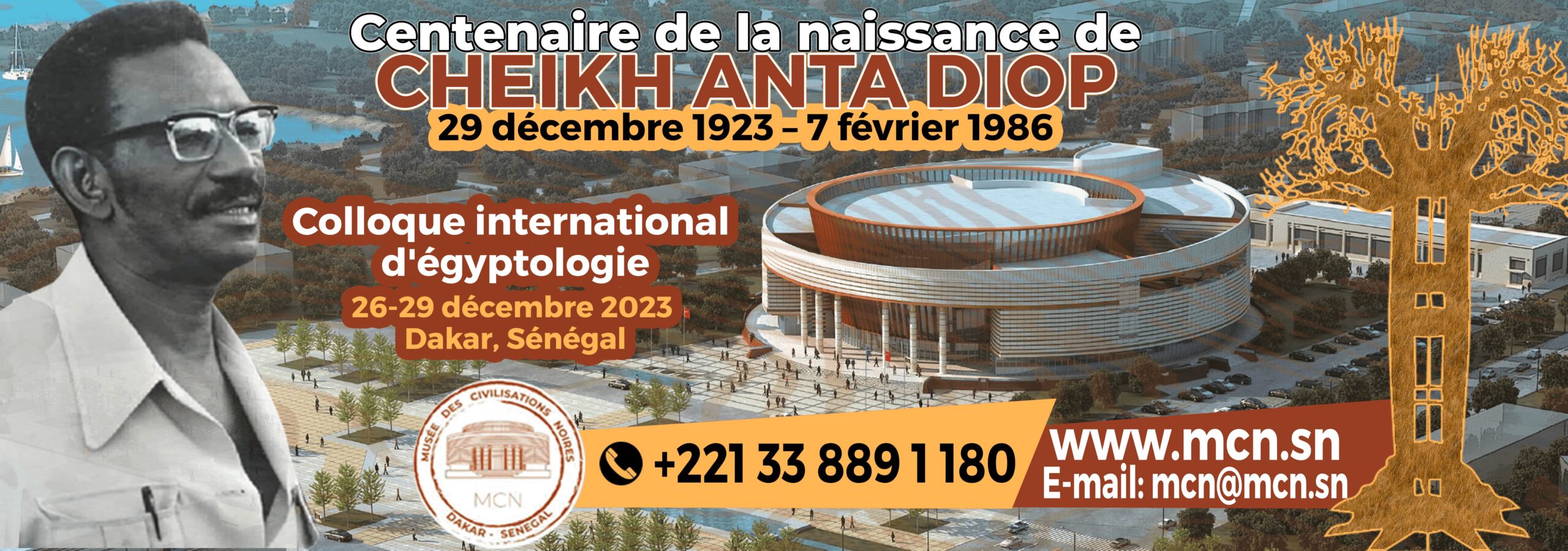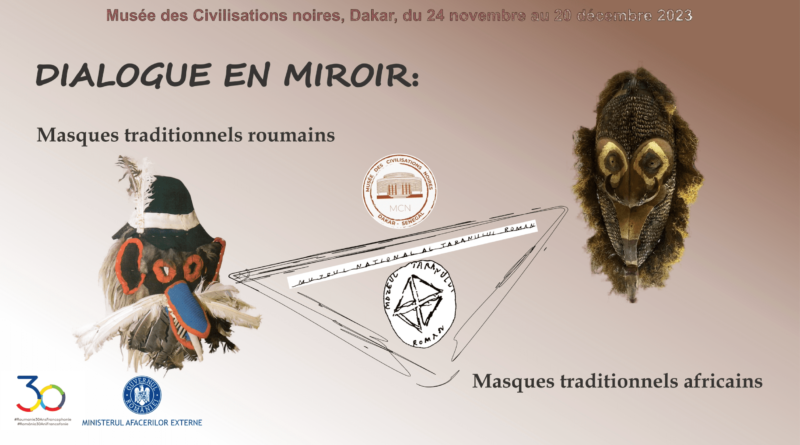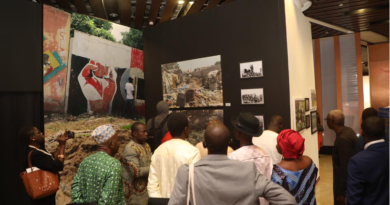Mirror dialogue: traditional Romanian masks – traditional African masks
In Romania, traditional masks were used on different occasions, being associated with celebrations or archaic rites. Most often, they were worn during the end-of-year celebrations, either only on the face, or covering the entire body like “the goat” or other characters from its suite, “the bear”. or “the deer” etc. Face masks depict mythological beings, usually grotesque or diabolical in appearance, faces of elderly people (grandfathers and grandmothers) and various animals. The functionality of the masks compresses both a ritual and playful function; their use is strictly linked to certain festivals, where their role is to chase away evil spirits in a complex logic of dissimulation mixed with transfiguration and magic. The exhibition aims to be a dialogue between traditional Romanian masks and traditional African masks. In order to show the richness and variety of masks in Romania, the team of the National Museum of the Romanian Peasant chose two types of pieces: 1) on the one hand, traditional masks recently made by artisans from the main Romanian regions where they are still worn, and 2) on the other hand, old archive photos, as well as photos taken in contemporary times which present the customs carried out with masks. Archival photos complete this picture, coming from the Archives of the National Museum of the Romanian Peasant, taken in the field between 1950 and 1980 in the village of Târpești, department of Neamț, where Nicolae POPA, craftsman of traditional masks, created a complex New Year’s ensemble which included “irozi” (young people in costumes who roam the streets singing Christmas songs), the “band of the famous haidouk Iancu JIANU”, “goats”, “bears”, “gypsies”, ” grandmothers” and “grandfathers”, the personification of “New Year” and “Last Year”. Les photographies contemporaines sont prises en Bucovine par l’artiste Nicu MIHALI dans les communautés traditionnelles de Vama, Udești, Calafindești, Bosanci, Scheia, où la coutume du masquage à l’occasion du Nouvel An est encore vivant. Des bandes de gens costumés et accompagnés de « grands-mères » et de « grands-pères », « d’ours » et de « chèvres », de « mariés », de « gendarmes » et de « soldats » parcourent les rues le matin du 31 décembre pour annoncer que la vieille année est terminée et qu’une nouvelle année commencera le lendemain. Les masques contemporains sont fabriqués par les derniers artisans qui fabriquent encore des accessoires nécessaires aux coutumes du Nouvel An, en respectant le spécifique de la région et les méthodes de fabrication archaïques – en utilisant des peaux tannées de mouton et de chèvre, des étoupes, de la laine en différentes couleurs, des patchs et d’autres matériels textiles anciens, des chapeaux, des haricots, des boutons. Les 41 masques sont fabriqués par des artisans de la Moldavie et de la Bucovine, les régions roumaines où la coutume est préservée : Stela et Gheorghe LUCACIU de Șcheia, département de Suceava ; Tudorița et Pavel LUPAȘC de Nereju, département de Vrancea ; Marineta DUMITRIU de Bârlad, département de Vaslui ; Ana et Ioana NEGOIȚA de Draxini, département de Botoşani ; Iulian MIHALACHI de Bălțătești, département de Neamț.Ils perpétuent l’artisanat hérité des générations passées, en innovant constamment et en modernisant le masque en tant que forme d’expression artistique et rituelle.



